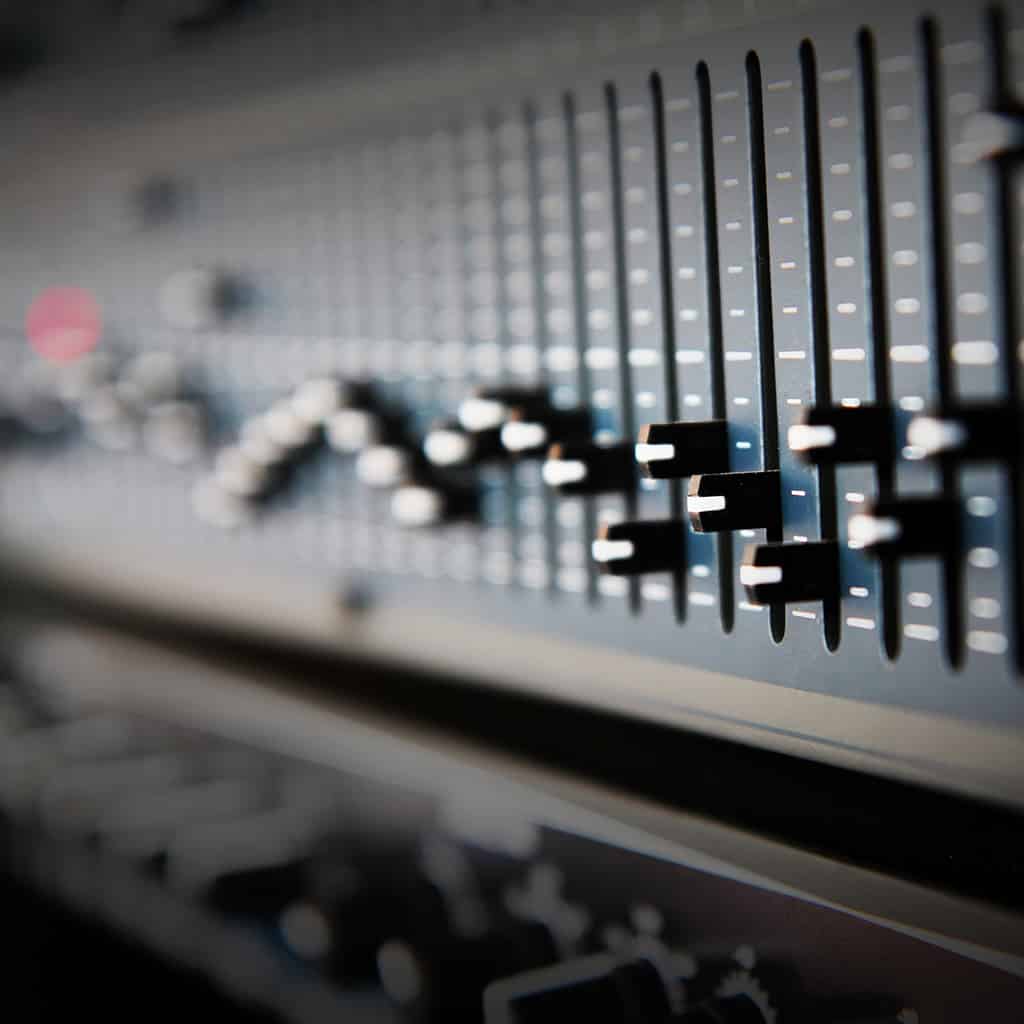DTS:X is a relatively new and exciting audio advancement, but it dates back a few years. In fact, it was introduced in 2015, and like most audio advancements in recent years, it came from the world of cinema.
We owe a lot of audio technology, especially tech with a 3D soundstage, to the film industry. Movies and music have always gone hand in hand, and audio-visual manufacturers making equipment for the home have started to take notice of DTS:X, just like the Dolby Atmos system.
Manufacturers offering compatibility with DTS:X include Denon, McIntosh, Pioneer, Sony, and Yamaha. These are big brands, showing that the tech is here to stay.
So what are the benefits of DTS:X? How does the technology work?
DTS:X is object-based, and in the words of the manufacturer, it is created to make audio move “around you like it would in real life.” Audio can move around a 3D soundstage, perfect for sound effects, and for specifically-made pieces of music designed for a realistic listening experience.
This is almost the same as the Dolby Atmos system but the speaker configuration may vary. Dolby Atmos requires overhead speakers in addition to the existing 7.1 setup, whereas DTS:X works with standard setups such as 11.2 or 7.1 surround sound systems.
DTS:X can work with 32 speaker locations, and it is very flexible, working with any speaker configuration “within a hemispherical layout" as the manufacturer explains.
DTS definitely retains some features that are mainly for video. For instance, you can adjust the speakers to make dialogue and voices stand out - this is not something you would want to do for music, but it works well for TV and movies.
Like with Auro-3D, DTS:X is great for use in the home if you flit between video and music. The best part is, you don’t necessarily need to install any ceiling speakers. Dolby Atmos really doesn’t reach anything like its full potential without extra speakers on top of a 5.1 or 7.1 system.
That’s not the case with DTS:X, where the compatibility is so outstanding, hardware can be set up however you wish. You can set up the number of speakers that works for your home, with up to 32 different speakers, and the system will adapt. This is more flexible than Dolby Atmos.
In spite of being incredibly simple to set up, some people are still fans of having the downward-facing speakers that are essential for Atmos systems. It boils down to personal preference.
DTS:X has not caught up with audio use quite as quickly as Dolby Atmos or Auro-3D. Not as many producers are making music with this technology in mind. However, there are plenty of movies that you can buy with compatibility. A huge number of UHD movies have the DTS:X codec in their audio, and link perfectly with your home cinema system.
The company also acquired iBiquity's HD Radio tech back in 2015, and the technology has even been incorporated into some headphone models. Although there has been a delay, and this tech is still largely associated with moving pictures, everyone should expect DTS:X to become an even bigger player in the world of music in the future.

